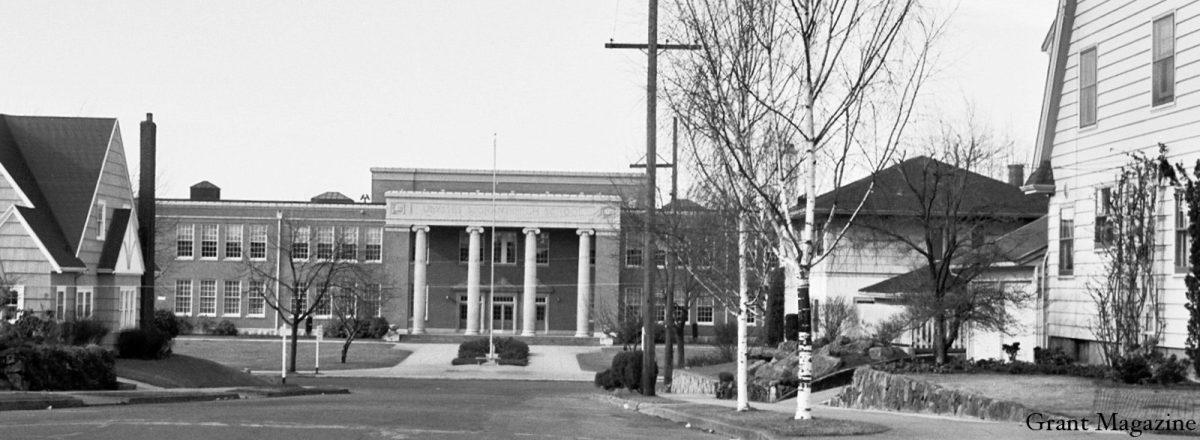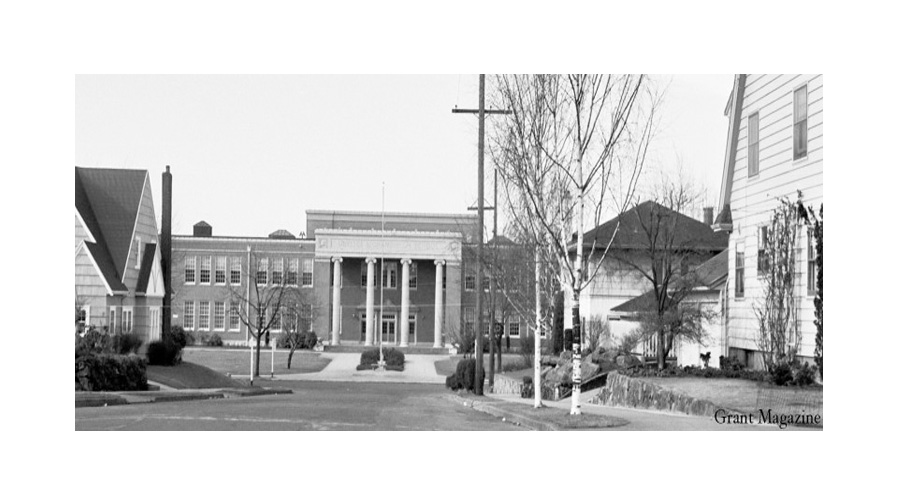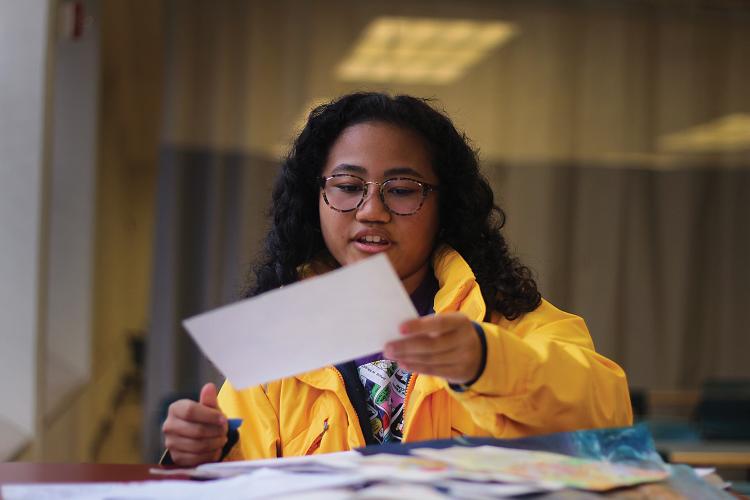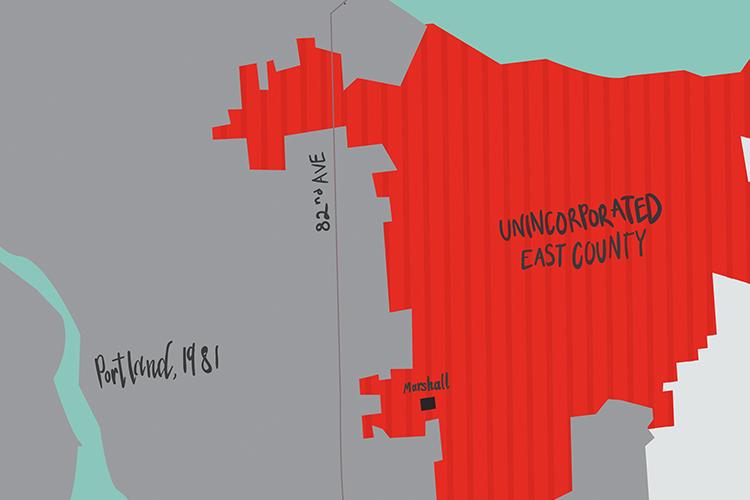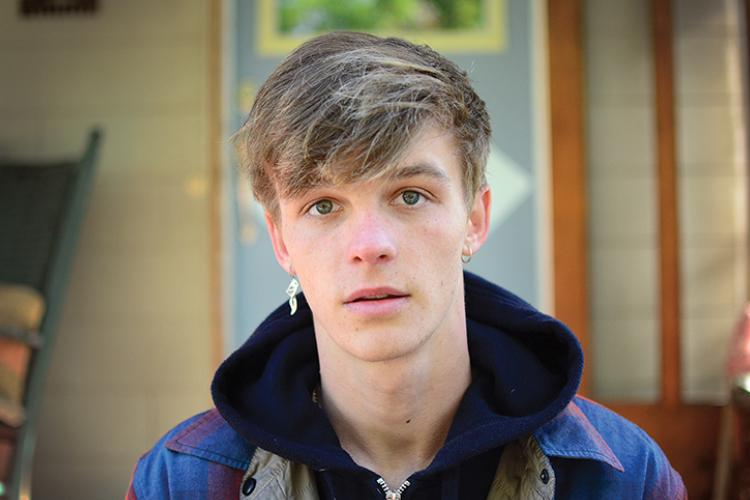Robert Rynerson, 17, pulls his folding camera out of his pocket and snaps a picture of Grant’s façade, a cool fall breeze blowing on the Saturday afternoon.
It’s 1963 and Rynerson, a senior, is shooting photographs for Mr. Romans’ photography class. He’s experimenting with different styles of still life with his 35mm camera to find the most stunning photos. “Every press of the shutter release cost money, so it was always a relief when anything came out. If it was art, that was just a bonus,” he says now.
Rynerson’s photos show a different Grant from the one we see today. Ever since Grant opened its doors in September 1924, its building and community have been constantly evolving. The cultural changes have been drastic and Grant’s original building has experienced much wear-and-tear.
In four years, workers will gut much of Grant’s interior as part of the school bond renovation plan. So Rynerson’s photos will prove invaluable in remembering Grant’s earlier days.
In high school, Rynerson wasn’t very social. He hung out with what he describes as “academically-oriented students” – or the “nerds” to the rest of the school. He ate lunch with his friends in the cafeteria while studying, or sometimes they sat on the side of the Grant Bowl, throwing bread crusts for the seagulls.
Rynerson helped plan dances and festivals at Grant and frequently ended up on the cleanup committee. One time, he was even a bouncer for a school dance in the old gym.
In the sixties, Grant had more than 3,000 students because of the baby boom, but it didn’t hit its full capacity until a few years later. Rynerson remembers feeling very cramped though the administration at the time was constantly doing everything it could to make the school less crowded.
They painted traffic signs in Center Hall with designated places for students to stand, and they paved an outdoor bypass from the north end to the south to help students avoid hallway traffic jams. There were even three lunch periods: the earliest began at 10:30 a.m.
Before his senior year, Rynerson had barely touched a camera. But then his dad gave him one and his interest was sparked. “I wanted to learn more and wanted to learn darkroom work,” he says.
In class, they were taught how to shoot and develop film photos. They learned about shadows, textures and how to play with light.
On a Saturday morning in the fall of 1963, Rynerson walked from his house in Irvington to shoot some photos of the school for a photography assignment. He was impressed by the simple yet elegant décor, which made it look like a “typical American high school,” he says.
After high school, Rynerson studied history at Lewis & Clark College. There, he continued his passion for photography, using the darkroom they had at the school to develop photos for sale. These gave Rynderson opportunities for summer jobs, which eventually led to a project in the U.S. Army.
In 1969, he traveled to Germany and shot aerial photos in a two-person plane over East Berlin. Ever since then, he has worked in many jobs in the transportation and mass transit industry, investigating photos, now only using digital. “Almost every job I’ve had it has been a benefit,” he says of his photography skills. And it all started in the basement of Grant in 1963.
Today, Rynerson lives in Denver. He’ll be visiting family in Portland for Thanksgiving and plans to see Grant again. ♦





























